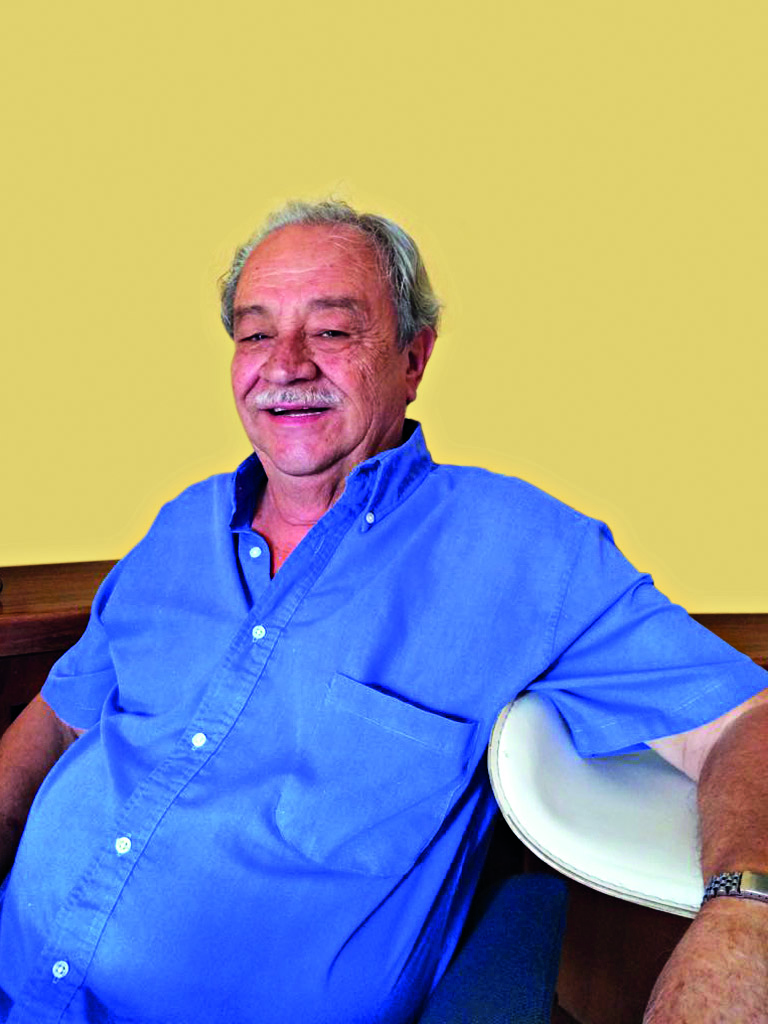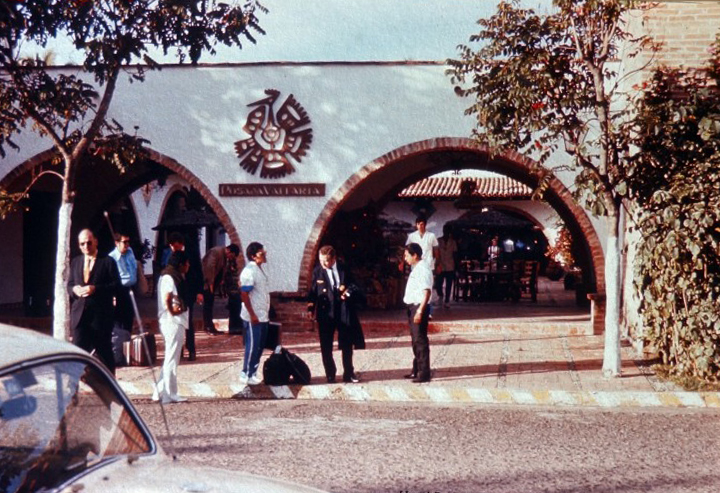Puerto Vallarta: A Destination of Opportunities
Originally from Mexico City, architect José Díaz Escalera, a graduate of the Universidad Nacional Autónoma de México (UNAM), is one of the personalities who contributed to the consolidation of our destiny as we know it today. Invited by engineer José Steider, then director of FICSA Construcciones (in charge of developing the current airport runway, paid for by Mexicana de Aviación), Díaz Escalera arrived in Puerto Vallarta in February 1963. His long career includes infrastructure, hospitality and urban planning projects, among others.
The nascent city also sparked his interest in urban development. At that time, except for the downtown area, the vast majority of land surrounding Puerto Vallarta was ejido property. Although the ejido owners had already allocated a portion of their land for settlement, the country still lacked relevant legislation for the sale of ejido land. This challenge inspired Díaz Escalera to write a thesis proposing the provision of enough space to build housing and finding an investment partner to obtain a 30-year concession. At the end of that period, the ejido would assume ownership. For this proposed solution, the thesis was given an award by the then Department of Federal Tourism.

Architect José Díaz Escalera
Posada Vallarta Hotel
At the beginning of the ‘60s, hotels in Puerto Vallarta were limited to the Rosita and Tropicana. So at the invitation of Steider, Díaz Escalera came to contribute to the construction of the Posada Vallarta, which would become the largest hotel at the time, as well as a milestone in the history of the destination, which at that time had a population of no more than 8,000.
“The Posada Vallarta hotel was composed of 500 rooms, as well as restaurants, bars and swimming pools. The growth that Puerto Vallarta was experiencing merited a hotel of that caliber. Now, it may seem simple, but at that time construction was very complicated. The cement, pipes and rods were brought from Acapulco on 400-ton ships, and unloading was complicated by the bay’s lack of docks. In addition, to avoid continuing to bring materials from other places, we installed a mosaic and partition factory,” he says.
In 1964, after a year of construction, the hotel was able to open with 120 rooms in operation.
With the passage of time, Díaz Escalera ended his working relationship with Posada Vallarta and became a freelance professional. Steider remained in charge of the hotel until his death, when his brother-in-law Suña Gershenson took over. Later, the property was sold to the Krystal hotel chain.
For INFONAVIT, he built more than 3,500 homes in both Jalisco and Nayarit, but tired of the massive bureaucracy faced in each project, he decided to strike out on his own. He then opted for the hotel industry with his Nautilus business, which he operated for eight years in Marina Vallarta. When sold, the establishment was transformed into timeshare.
Contribution to the Education Sector
“One of my great prides is the contribution to the educational sector of our city as founder of Ignacio Jacobo High School, where I taught physics and mathematics. On the other hand, in the ‘90s I was president of the Consejo de Colaboración Municipal de Puerto Vallarta (Municipal Collaboration Council of Puerto Vallarta), where I could apply my experience and knowledge in urban development.”
Infrastructure Works
“Among many others, I participated in the pavement that was placed throughout the Versalles neighborhood, the renovation of the infrastructure of the El Caloso, Palito Verde and surrounding neighborhoods, as well as the construction of the section of Medina Ascencio Avenue from the airport to the El Salado estuary bridge. All these works were inaugurated by then president of Mexico Carlos Salinas de Gortari and Luis Donaldo Colosio, who was head of the Secretaría de Desarrollo Social (Ministry of Social Development) at that time.”
Estudio 3.14
Fifteen years ago, together with his son Leonardo, José Díaz Escalera opened the renowned architecture firm Estudio 3.14 in Guadalajara, which works with four fundamental sectors: public, cultural, property development and hospitality. “At the time, having participated in the design of the current Puerto Vallarta Malecón was very controversial. At that time, I served as an advisor to Salvador González Reséndiz, the mayor who started the work. We knew it was going to be very controversial, but it was necessary. In addition, the project did not end there. The original model also includes renovating the parallel streets, which will be a natural continuation of the design the Malecón currently has,” he concludes.

Hotel Posada
